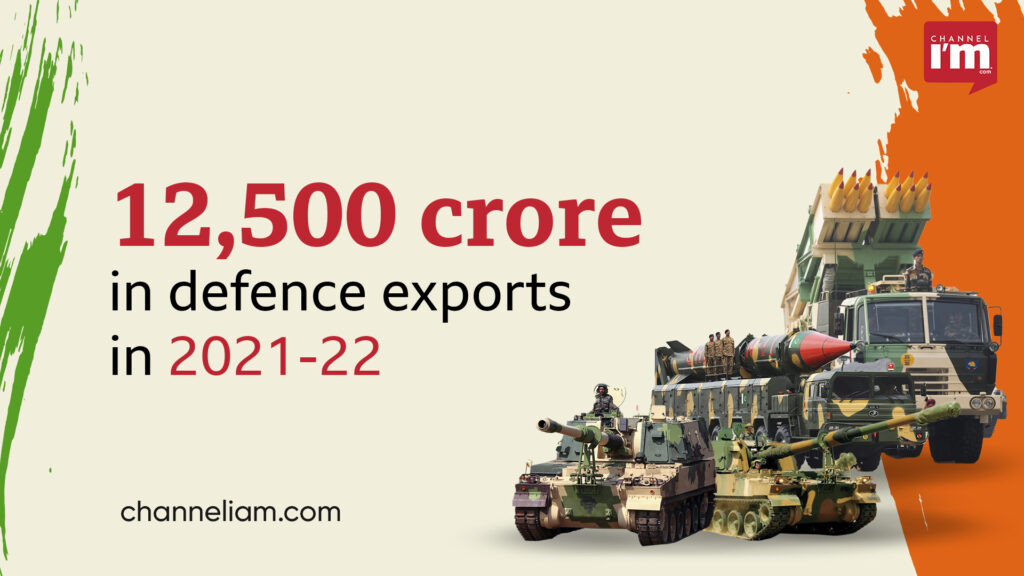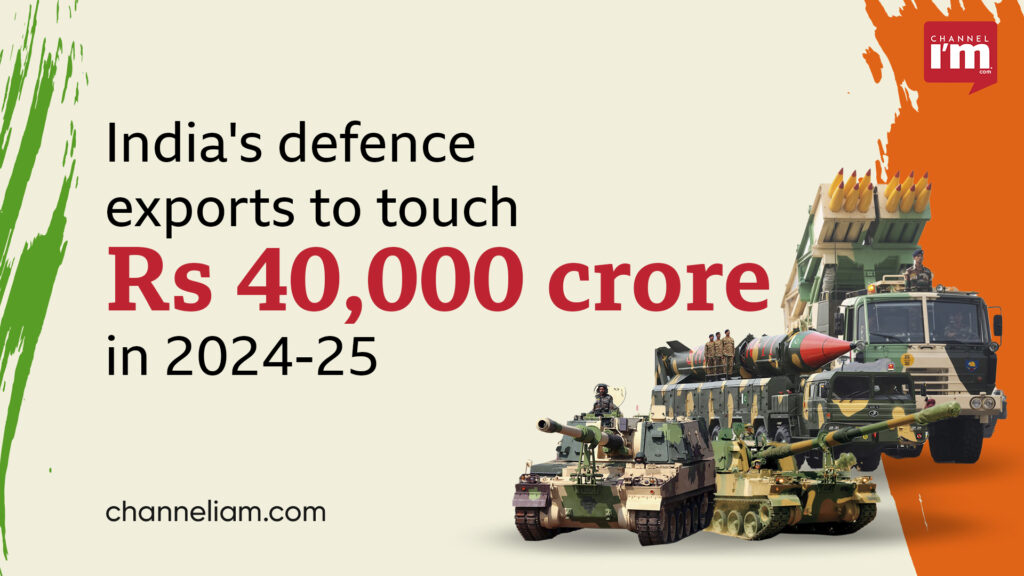- India’s Tejas aircraft received orders worth Rs 1,34,000 crore from foreign countries, of which a contract worth Rs 50,000 crore was with Aero India.
- 2770 crore export contract for Brahmos missiles in 2022
- 12,500 crore in defence exports in 2021-22
- India’s defence exports to touch Rs 40,000 crore in 2024-25
- India ranks fourth among the 12 countries in the Indo-Pacific region in terms of domestic production.
- Bheeman helicopter manufacturing plant at Prakiyakeki Tumkur
New Delhi: Have you thought about the extent of the potential for large industrial cooperation in the Indian defence sector? Aero India 2023 held in Bengaluru was the latest answer to that.
India’s make-in fighter jet Tejas has received an order worth Rs 50,000 crore at Aero India. This is in addition to the Rs 84,000 crore order already received by Tejas Aircraft from foreign countries. Hindustan Aeronautics, an aircraft helicopter manufacturing company, has announced HAL for commercial use with the private and start-up sector. PSLV rockets will be built. HAL has started the largest helicopter manufacturing plant in Tumkur, Karnataka and HAL target is to manufacture 1000 helicopters per year.


India is booming in Arms Exports
Union Defense Minister Rajnath Singh had said in 2022 that by 2025, the target is to win defence contracts worth 35,000 crore annually. But Prime Minister Narendra Modi announced at Aero India 2023 that India’s defence exports will reach 40,000 crores by 2024-25. The prime minister also shared the goal of becoming one of the top five countries in the world in terms of defence exports within a quarter of a century.
India has traditionally been heavily dependent on imports for defence. Therefore, the realisation of defence exports of 13,000 crores in the year 2021-22 is an achievement for India. Especially when you look at the fact that three nations hold a large share of the global arms market. The United States accounts for 39 percent of the global arms trade, while Russia accounts for 19 percent and France for 11 percent.
Argentina and Egypt have now reached a final agreement for India’s Tejas Mk2 next-generation fighter jets. The first Tejas will be delivered in February 2024. The target is to deliver 16 aircraft by 2025. Negotiations are in progress with Malaysia and the Philippines, which have expressed interest in Tejas. This agreement will also be valid within two months.


Prioritise Defence in the Budget
Defence is the leading sector in India’s budget. One of the reasons for this is that it cannot be reduced due to the security of the country. 5.94 lakh crores have been allocated for the defence sector in the budget of 2023-24. 5.25 lakh crore in 2022-23. There are about three lakh soldiers in the Army, Navy and Air Force. The money is spent on the salaries and pensions of these and reserve forces, as well as the purchase of weapons, aircraft and accessories.
Recent years have witnessed a broad flow of the vast defence budget, with the majority going to other nations for things like war supplies. India spent around two lakh crore rupees in this manner in the previous year. Another fact is that without powerful fighter jets, tanks, weapons, and communication technology, the military cannot stand its ground. But now that construction projects funded by Mic in India are underway, not only is the idea that defence is just a way to spend money shifting, but things are also developing in a way that makes it likely that India’s greatest source of foreign revenue in the future will be from the export of armaments.
India’s stated objective is to increase domestic defence production and increase defence exports. In the financial year 2021-22, our defence exports had reached 13,000 crores. According to the Stockholm International Peace Research Institute report, India ranks fourth among 12 countries in the Indo-Pacific region in defence domestic production.
In January 2022, it was agreed to export BrahMos missiles worth 2770 crores to the Philippines. This is not covered in the 2021-22 report. Along with this, an Indian company named Kalyani Strategic Systems Limited also bagged a huge $15.55 million contract to supply 155 mm artillery gun platforms. This contract, which is to be completed within a three-year contract period, is also not included in India’s defence export report.

Private Startups, Private Defence Companies backed by India
There are currently more than fifty defence companies in the private sector in India. India currently exports defence equipment to Italy, Maldives, Sri Lanka, Russia, France, Nepal, Mauritius, Sri Lanka, Israel, Egypt, UAE, Bhutan, Ethiopia, Saudi Arabia, Philippines, Poland, Spain, Chile and many other countries. Light Compact Aircraft Tejas, Guns, Tanks, Missile, Anti-Tank Mines, Personal Security Equipment, Surveillance Boats, ALH Helicopter, SU Avionics, Bharti Radio, Coastal Surveillance Systems, Armor MoD || India exports a wide range of defence equipment such as launchers, FCS, radars, electronic equipment and light engineering mechanical parts. The latest in this list is make-in India fighter jet. 84,000 crore orders received from foreign countries for Tejas aircraft. Apart from this, India’s export supremacy has been strengthened by the fact that Tejas aircraft received an order worth Rs 50,000 crore at the Aero India platform.
Common Export Policy supports Defence Export
Defence exports are now included as part of the general export policy under the Ministry of Commerce and Industry. The Defence Department’s policy is that there is no need for a separate policy as there are export promotion schemes and tax breaks. Policy changes are needed for testing and certification of products for defence exports. Indian products can make an impact in the global market only if they get International standard tests and certificates.
